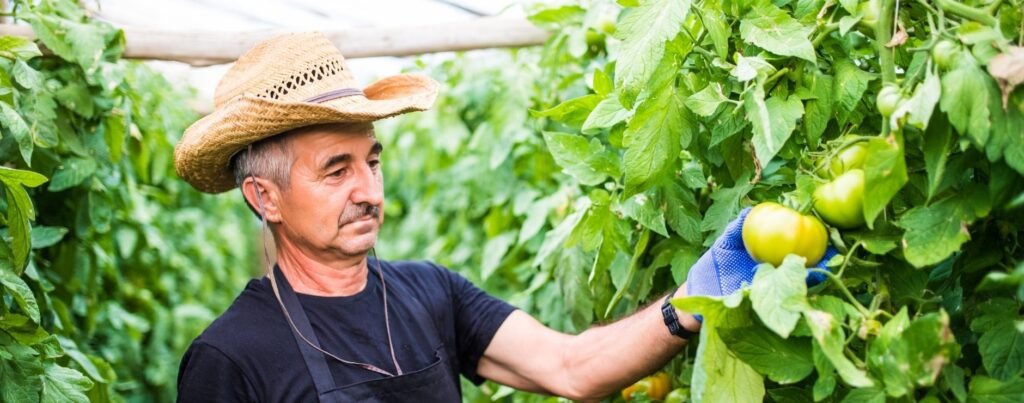
AUSTRALIA and India have explored ways to improve trade ties, with the agriculture sector looking for improved access to one of the world’s largest and fastest-growing markets.
Agriculture Minister David Littleproud met digitally with his Indian colleague Narendra Singh Tomar to discuss the agricultural commercial ties, including the India-Australia Grains Partnership, as well as improving market access and strengthening cooperation.
Mr Littleproud said the meeting in India was “true testament to the strength of our bilateral relations, despite the ongoing COVID emergency.”
“Supporting and increasing trade in agriculture between our two large countries is essential to this relationship – even small gains can bring great importance for the Australian exporter,” said Mr. Littleproud.
“We committed to the Indian-Australian Grain Partnership last year and we are therefore committed to promoting close relations between the grain sector and sharing our expertise. “However, market access does not stop. We Australia’s expert know-how is shared with the world to help improve food safety in cereals storage, handling and supply chains.”
He said Mr Littleproud was working together on resolving barriers to trade in India and seeking the approval of better conditions of market access for Australian exporters, such as in-transit phosphine fumigation for exported goods.
The double-way agricultural trade between Australia and India is currently worth more than $1 billion; among the most important exports to India are lentils, grey wool, alms, raw cotton and oats.
Due to the structure of India’s agriculture economy, forming agricultural trade alliances has historically been challenging. More than 86 percent of India’s cultivated farmland is owned by small farmers with less than two hectares of land, with the government giving a minimum support price for specific crops like wheat and rice to many of them.
The Indian government has just changed the rules to make it easier for farmers to circumvent government-regulated markets and sell straight to private buyers.
While the amendments have sparked months of nationwide protests as Indian farmers fear being pushed out by multinational corporations, the new legislation may present an opportunity for Australia.
Along with the high-level dialogue and rhetoric, GrainGrowers CEO David McKeon said it was critical for the government to engage directly on trade restrictions that keep Australian exports out of India.
Mr McKeon explained that “there are long-term tariffs on chickpeas and lentils, as well as restrictions on malt barley due to weed seed thresholds.”
“Tariff limitations on some pulses, such as mung beans, have recently been eased. It’s a modest trading market in Australia, but it does indicate that things are improving ” We’ll be watching to see if the same decisions are made about lentils and chickpeas in the coming months.” “The time for winter plantings for Australian farmers is almost over, but for anyone having lentils in the ground, lifting the Indian restrictions would be a huge help this year.”



